Samsung launches Galaxy S20 at Galaxy Unpacked
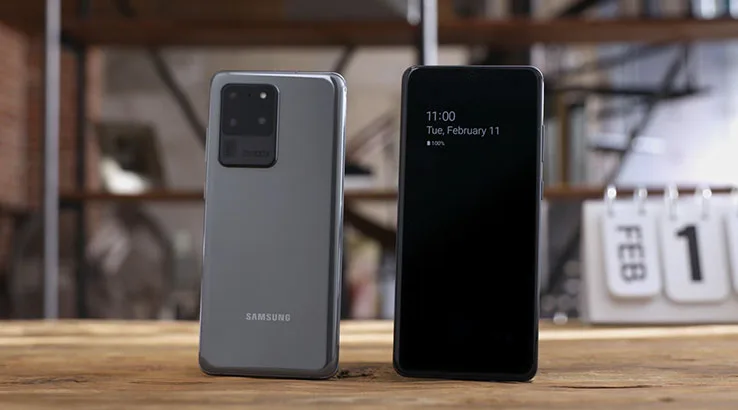
At Samsung's Unpacked event, the South Korean tech firm announces a slew of new premium handsets.
Ahead of the Galaxy Unpacked launch this morning, very substantial details around Samsung's new Galaxy S20 handsets had already leaked, really only leaving the software and camera features around the new phones to the imagination of anyone keen enough to look up the details.
Still, Samsung managed to keep a few surprises under wraps before the Galaxy Unpacked launch today around its new Galaxy S20 phones, including tie-ups with Spotify, Netflix and an impressive line-up of seven phones in total. If you wanted to be pedantic, across both storage variants, 4G or 5G compatibility and colours, there's technically 19 new Samsung Galaxy phones launched today.
Samsung Galaxy S20: Design
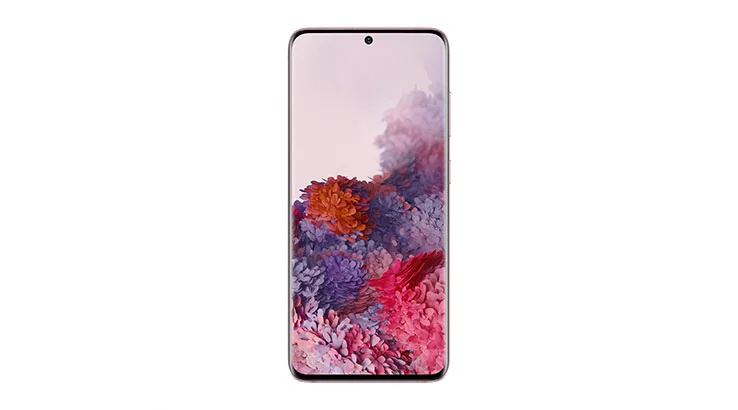
The entry level of the Samsung Galaxy Series is the Samsung Galaxy S20, a phone with a 6.2-inch Quad HD+ Dynamic AMOLED display with a 3,200 x 1,440 resolution. Step up the range to the Galaxy S20+ and you'll be staring at a 6.7-inch Quad HD+ Dynamic AMOLED display with that same 3,200 x 1,440 resolution in play. Finally, the Samsung Galaxy S20 Ultra will feature a 6.9-inch Quad HD+ Dynamic AMOLED display, again sporting 3,200 x 1,440 pixels.
For the mathematically inclined amongst you, that does mean that the entry level Samsung Galaxy S20 has a much higher pixel per inch count than the premium Galaxy S20 Ultra, but without a microscope to hand you're not going to spot the pixel difference in day to day usage.
All three phones feature Samsung's "Infinity O" hole punch display with a centrally mounted camera hole at the top of the screen. They're all HDR10+ certified for playback of compatible material and all three feature 120Hz-capable displays.
To date, we've only seen a handful of 120Hz displays, and while it can make quite a difference to the quality of what you're watching, it can also predictably hit the battery harder than a lower refresh rate would. Samsung's specifications do state that the default screen refresh rate is a rather more sedate 60Hz, so you'll have to step it up to 120Hz if you want that benefit.
Samsung will make the Galaxy S20 and Galaxy S20+ phones in Cosmic Grey, Cloud Blue or Cloud Pink finishes, and we'll see all three hues offered up to Australian consumers at launch. Often with Samsung phones, there are other colours on offer that we have to wait some months to officially see Down Under, if at all. The exception here is the top tier Samsung Galaxy S20 Ultra, which only comes in Cosmic Grey or Cosmic Black finishes.
Samsung Galaxy S20: Cameras
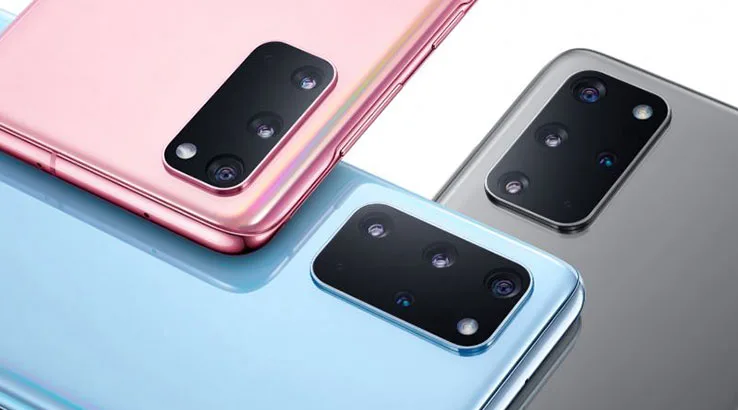
In the premium smartphone space, the camera is a key selling point. In 2019 Samsung produced good-but-not-quite-great cameras on its phones, but it's not entering 2020 lightly, especially for the more premium Samsung Galaxy S20 Ultra.
At the entry level, the Samsung Galaxy S20 features a 10MP front selfie camera and triple camera array at the rear comprising a 12MP ultra-wide f/2.2 sensor, 12MP wide f/1.8 sensor and 64MP f/2.0 telephoto lens. For the mid-range Samsung Galaxy S20+, you get the same array of a 10MP front and 12/12/64MP sensor as the Galaxy S20, as well as a time-of-flight sensor that Samsung calls the "DepthVision" camera.
It's in the Samsung Galaxy S20 Ultra that Samsung really pushes the envelope, with a 40MP f/2.2 selfie camera at the front, and 12MP f/2.2 ultra-wide, 48MP f/3.5 telephoto lens and 108MP f/1.8 wide lens.
All of that specification goodness gives the Galaxy S20 range some interesting camera features, at least according to Samsung's details around its capabilities. For the Galaxy S20 and Galaxy S20+ phones, you'll be able to employ a hybrid zoom feature – Samsung refers to it as "Space Zoom" – of up to 30x to get really close to your subject. For the Galaxy S20 Ultra, it's employing a folded lens/periscope style array to punch that "Space Zoom" figure up to an impressive 100x zoom. However, at that level, you're almost certainly going to need a tripod to get anything usable, even with optical image stabilisation.
The Galaxy S20 Ultra will also (as predicted) allow for pixel binning to improve image clarity, so you can shoot at the full 108MP if you really must, but also opt to combine 9 surrounding pixels for better low light clarity, taking effective 12MP shots. Low light was an area that Samsung struggled in comparison to the likes of Apple, Google and Huawei in 2019, so it will be fascinating to see just how well the Samsung Galaxy S20 Ultra can actually shoot.
All three phones will feature what Samsung calls "Single Take", which shoots off all three rear lenses at once to capture multiple perspectives of a single still or video shot so you can choose the most appropriate after the moment. They're also capable of shooting at up to 8K quality video. While 8K panels are still a luxury buy, it's no coincidence that you'll be able to stream 8K to a Samsung QLED 8K TV from the Galaxy S20 phones.
Samsung Galaxy S20: Processors and storage
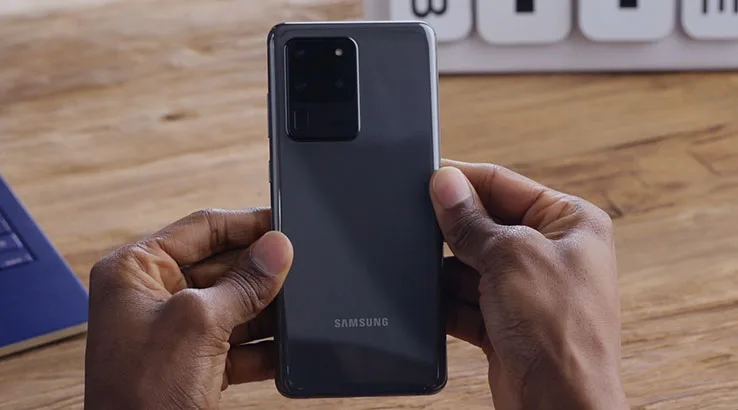
Samsung's specifications for the Galaxy S20 range predictably mentions two different processor types: either a 7nm 64-bit Octa-Core Processor at up to 2.7Ghz or a 7nm 64-bit Octa-Core Processor at up to 2.8Ghz. Samsung hasn't yet confirmed, but these are almost certainly the Qualcomm Snapdragon 865 and Exynos 990 respectively. If history is any guide, we'll get the Exynos 990 variant here in Australia.
There's some variance in the storage and RAM combinations you'll be able to get for the new Samsung Galaxy S20 phones. The entry-level Samsung Galaxy S20 ships with either 8GB RAM/128GB storage (4G) or 12GB RAM/128GB (5G). The Galaxy S20+ has an 8GBRAM/128GB storage (4G) variant, and you can get that same storage/RAM combination in a 5G model as well. Samsung will also produce 12GB RAM/256GB 12GB RAM/512GB 5G variants of the Galaxy S20+. However, it's only the latter model that will officially sell in Australia for now.
All of the new Galaxy S20 phones will support MicroSD storage for expansion. Samsung will manufacture both single SIM+eSIM models and dual SIM models of the Galaxy S20 phones, although in Australia we'll only see the SIM+eSIM models for sale officially.
Samsung Galaxy S20: 4G or 5G?
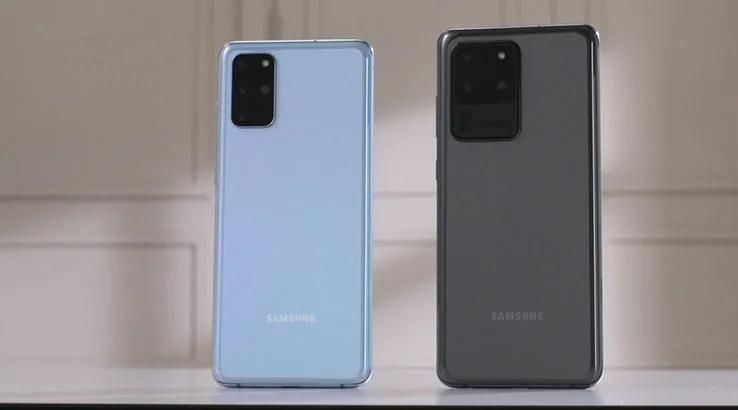
The reason that there are, technically speaking, so many variants of the Galaxy S20 family comes down to the variance in network technology available with each handset. You can get the Galaxy S20 or Galaxy S20+ in either 4G or 5G variants, with the 4G models available slightly cheaper than their 5G counterparts. The Samsung Galaxy S20 Ultra only sells in a 5G-capable model.
That's not the entire network story for these handsets, however. The Samsung Galaxy S20 5G only utilises sub-6 5G frequencies (those are the 5G networks already in use in Australia) while the Galaxy S20+ and Galaxy S20 Ultra support both sub-6 and mmWave 5G frequencies. That does give them a degree of future-proofing when it comes to 5G networks, although it'll be more than a year before we see any 5G mmWave rollouts here in Australia.
Samsung Galaxy S20: Going big on batteries
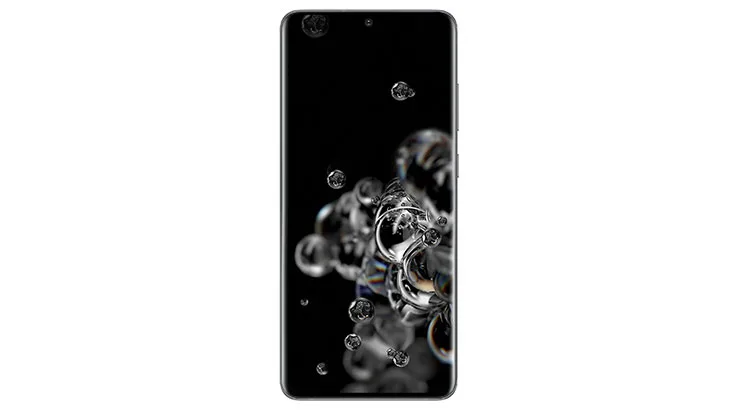
Samsung is also upping its battery game will all three new phone models, predictably stepping up as you grab a larger handset. The Samsung Galaxy S20 features a 4,000mAh battery, while the Galaxy S20+ runs on 4,500mAh power pack. The Galaxy Ultra affords you the most battery capacity, with a 5,000mAh battery stored behind its 6.9-inch display. Samsung will ship all three models with a 25W fast charger, although they all support up to 45W direct charging, as well as Qi charging.
Want to know more? Take a look at our overview of the Samsung Galaxy Unpacked Launch.
Back to top